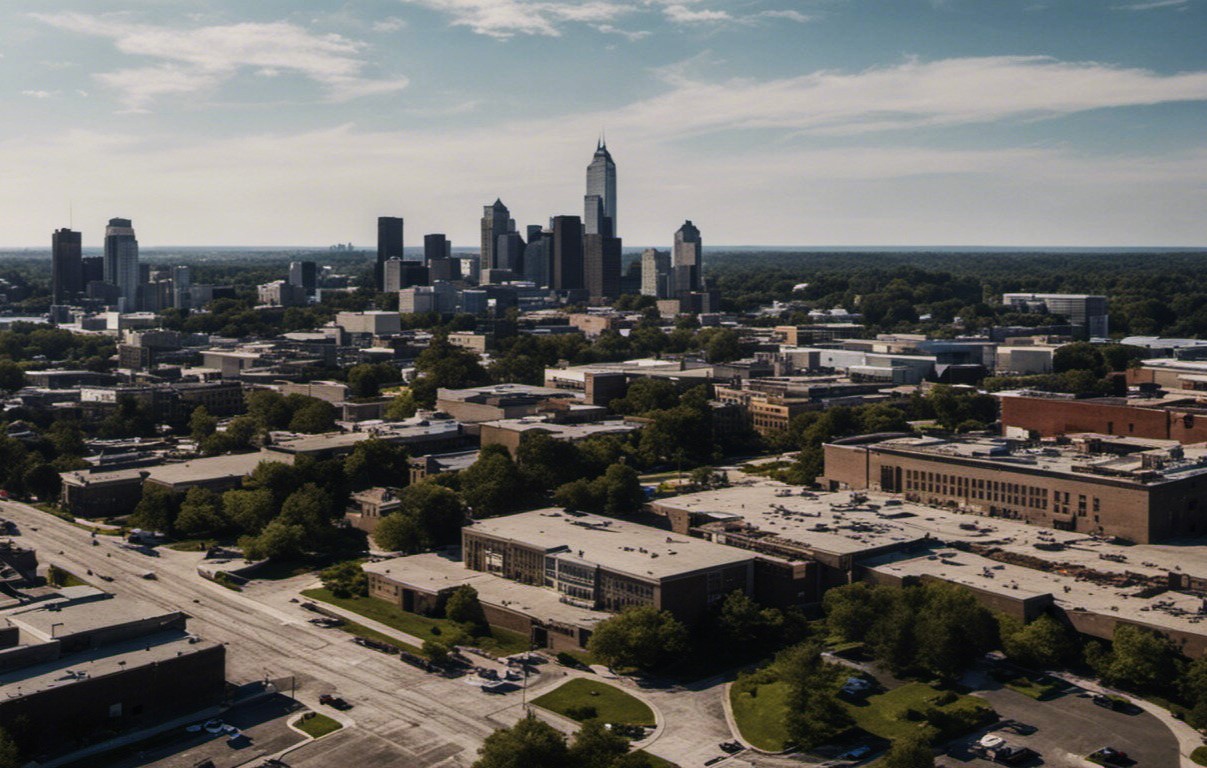Mysteries Of The New Madrid Seismic Zone

Have you ever wondered why the New Madrid Seismic Zone is so mysterious? Located in the central United States, this area has puzzled scientists for years. Unlike most earthquake-prone regions, it sits far from tectonic plate boundaries. Yet, it has produced some of the most powerful quakes in North American history. In the early 1800s, a series of massive earthquakes shook the region, altering the landscape and even causing the Mississippi River to flow backward temporarily. Today, researchers study this zone to understand its unique geological features and potential risks. Curious about what makes this area so special? Let's dig deeper into the secrets of the New Madrid Seismic Zone.
What is the New Madrid Seismic Zone?
The New Madrid Seismic Zone (NMSZ) is a major seismic area in the central United States. It stretches across parts of Missouri, Arkansas, Tennessee, and Kentucky. Known for its powerful earthquakes in the early 19th century, this zone remains a subject of interest for geologists and residents alike.
Why is the New Madrid Seismic Zone Important?
Understanding the NMSZ is crucial due to its potential for future seismic activity. The 1811-1812 earthquakes were among the most powerful in U.S. history, causing widespread damage and altering the landscape. Learning about this zone helps prepare for possible future events.
Key Locations in the New Madrid Seismic Zone
Exploring the NMSZ involves visiting several significant sites. Each location offers unique insights into the geological and historical aspects of this seismic area.
New Madrid, Missouri
- This small town is the epicenter of the 1811-1812 earthquakes. Visit the New Madrid Historical Museum to learn about the quakes' impact on the region and its residents.
Reelfoot Lake, Tennessee
- Formed by the 1811-1812 earthquakes, Reelfoot Lake is a natural wonder. The lake's unique ecosystem and history make it a fascinating destination for nature lovers and history buffs.
Caruthersville, Missouri
- Located near the Mississippi River, Caruthersville experienced significant shaking during the historic quakes. The town offers a glimpse into the region's seismic history and its ongoing resilience.
Blytheville, Arkansas
- This city lies within the NMSZ and has a rich history of seismic activity. Blytheville's geological features provide valuable information for researchers studying the zone.
Tiptonville, Tennessee
- Another town affected by the 1811-1812 earthquakes, Tiptonville offers historical landmarks and educational resources about the NMSZ's impact on the area.
How to Prepare for Earthquakes in the New Madrid Seismic Zone
Living in or visiting the NMSZ requires awareness and preparation. Here are some tips to stay safe in this seismic region:
Create an Emergency Kit
- Include essentials like water, food, first aid supplies, and important documents.
Develop a Family Plan
- Ensure everyone knows what to do during an earthquake, including safe spots and evacuation routes.
Secure Your Home
- Anchor heavy furniture, secure water heaters, and reinforce the foundation to minimize damage.
Stay Informed
- Keep up with local news and updates from geological agencies about seismic activity in the area.
The Future of the New Madrid Seismic Zone
Scientists continue to study the NMSZ to better understand its behavior and potential risks. Ongoing research aims to improve earthquake prediction and preparedness, helping communities stay safe and resilient.
Seismic Monitoring Stations
- These stations track ground movements and provide data for researchers. They play a crucial role in understanding the zone's activity.
Geological Surveys
- Conducted by agencies like the USGS, these surveys map fault lines and assess the risk of future earthquakes.
Public Education Programs
- Initiatives aimed at educating residents about earthquake preparedness and safety measures. These programs help build a more informed and resilient community.
Infrastructure Improvements
- Efforts to strengthen buildings, bridges, and roads in the NMSZ. These improvements aim to reduce damage and enhance safety during seismic events.
Collaborative Research Projects
- Partnerships between universities, government agencies, and private organizations. These collaborations advance our understanding of the NMSZ and improve preparedness strategies.
The New Madrid Seismic Zone's Ongoing Mysteries
The New Madrid Seismic Zone remains one of the most intriguing and unpredictable seismic areas in the United States. Its history of powerful earthquakes, like those in 1811 and 1812, continues to fascinate scientists and residents alike. Despite advancements in technology and research, predicting the next big quake in this region is still a challenge.
Understanding the seismic activity here is crucial for preparedness and safety. Communities in the area must stay informed and have emergency plans in place. The potential for significant earthquakes means that ongoing research and monitoring are essential.
The mysteries of the New Madrid Seismic Zone remind us of the Earth's dynamic nature. Staying aware and prepared can make a big difference when the ground starts to shake. Keep an eye on updates from geological experts and local authorities to stay safe.

